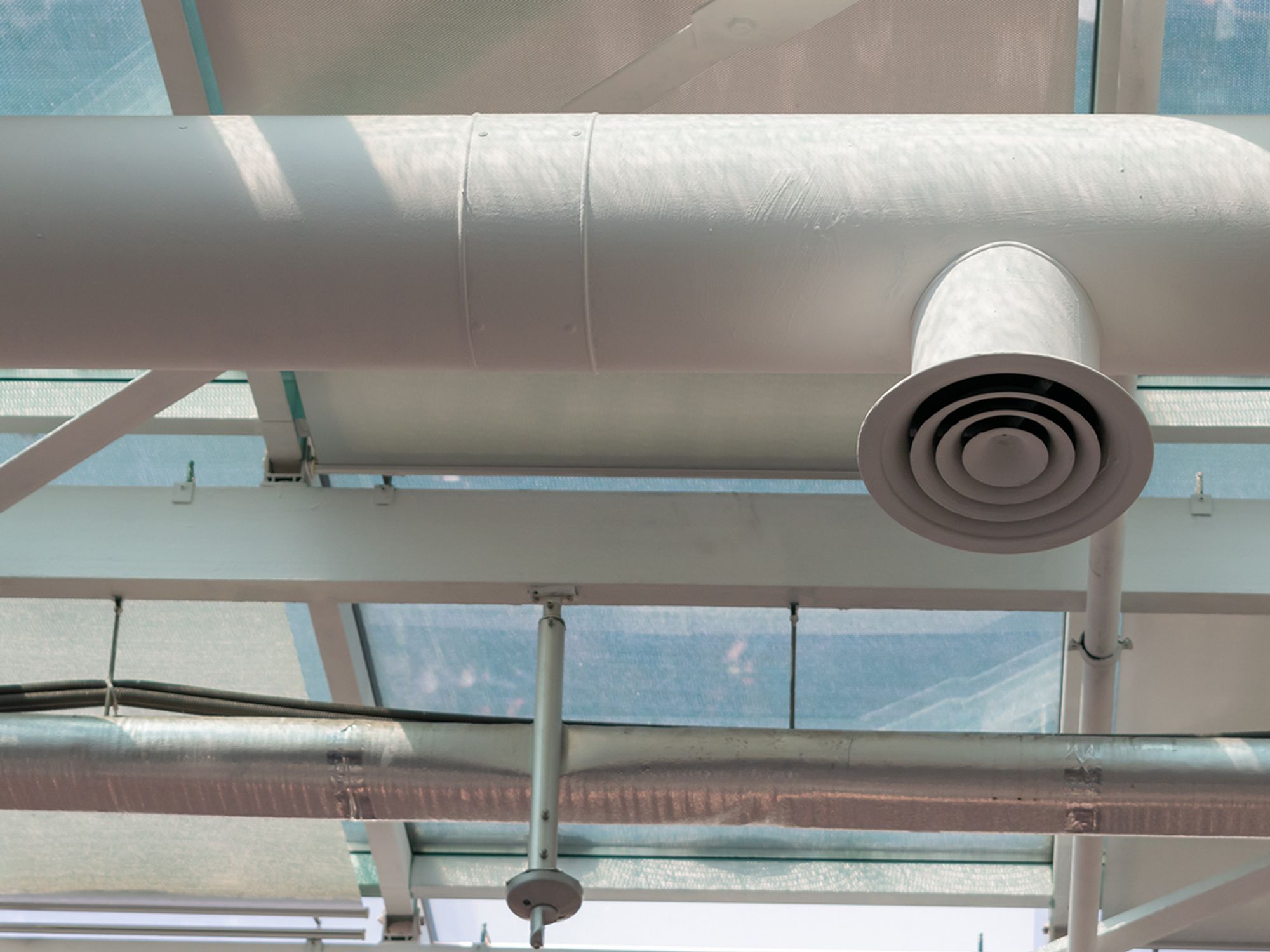Health impacts of indoor air quality

- Indoor air pollutants can cause both immediate symptoms and later illness.
- Building-related illnesses are those that are linked to specific building problems.
Modern buildings are generally considered safe and healthful work environments. However, energy conservation measures instituted during the early 1970s have minimized the infiltration of outside air and contributed to the buildup of indoor air contaminants.
Health effects from indoor air pollutants fall into two categories:
- Those that are experienced immediately after exposure, and
- Those that do not show up until later.
Immediate effects, which may show up after a single exposure or repeated exposures, include:
- Irritation of the eyes, nose, and throat;
- Headaches;
- Dizziness; and
- Fatigue.
Immediate effects are usually short-term and treatable. Sometimes, the prescribed treatment is to simply eliminate the person’s exposure to the source of the pollution, if it can be identified. Symptoms of some diseases, such as asthma, can show up soon after exposure to some indoor air pollutants.
The likelihood of an individual developing immediate reactions to indoor air pollutants depends on several factors, such as age and pre-existing medical conditions. In other cases, whether a person reacts to a pollutant can be determined by individual sensitivity, which varies from person to person.
Other health effects may show up either years after the exposure has occurred, or only after long or repeated periods of exposure. The consequences of these types of exposures can include respiratory diseases, heart disease, and cancer.
While pollutants commonly found in indoor air can be responsible for many harmful effects, there is considerable uncertainty about what concentrations or periods of exposure are necessary to produce specific adverse health effects. Further research is needed to better understand which health effects can occur after exposure to low-level pollutant concentrations, as well as higher-level concentrations.
Building-related illnesses
A number of well-identified illnesses, such as Legionnaires’ disease, asthma, hypersensitivity, pneumonitis, and humidifier fever, have been directly traced to specific building problems. These are called building-related illnesses. Most of these diseases can be treated; nevertheless, some pose serious risks.
Sometimes, however, building occupants experience symptoms that do not fit the pattern of any particular illness and are difficult to trace to any specific source. This phenomenon has been labeled “sick building syndrome.” People may complain of one or more of the following symptoms:
- Dry or burning mucous membranes in the nose, eyes, and throat;
- Sneezing;
- Stuffy or runny nose;
- Fatigue or lethargy;
- Headache;
- Dizziness;
- Nausea;
- Irritability; and
- Forgetfulness.
Poor lighting, noise, vibration, thermal discomfort, and psychological stress may also cause, or contribute to, these symptoms.
There is no single manner in which these symptoms appear. In some cases, problems begin as workers enter the building and diminish as they leave; other times, symptoms continue until the illness is treated. Sometimes there are outbreaks of illness among many workers in a single building; in other cases, health symptoms show up only in individual workers.
